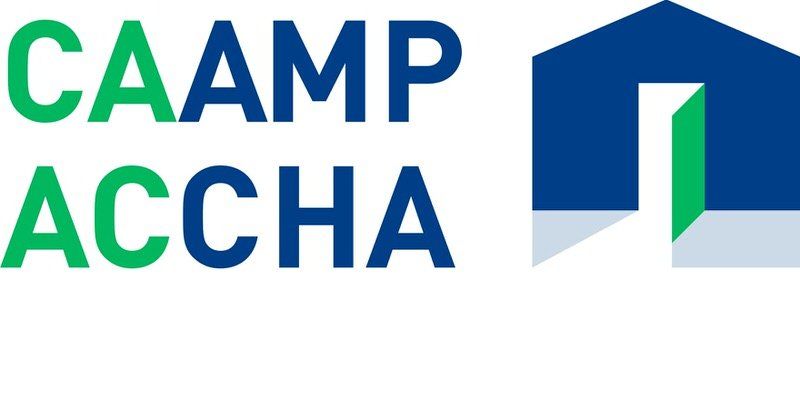CAAMP Spring Survey. A Profile of Buying a Home in Canada
The Canadian Association of Accredited Mortgage Professionals (CAAMP) just released their spring survey which, is a report that looks at the profile of a typical Canadian home buyer. Here are some of the highlights from the report, a couple of summary infographics from CAAMP and the entire 37 page report!
If you would like to discuss your current mortgage, or you are thinking of buying your first home, please contact me anytime , I am always available to you!
Summary
Of the 620,000 homebuyers per year, approximately 45% (280,000) are first-time buyers. Most of these are between the ages of 25 and 34, although first-time buying also extends into the 45 to 64 age group.
Since 2013, approximately 45% (280,000) of home buyers are first-time buyers.
Of all home buyers, 13% (about 80,000) have no financing on their property and 67% (about 420,000) have a mortgage but no other financing.
18% of first-time buyers relied on gifts and loans from family for their down payment; 10% used funds from their RRSP and 5% from their TFSA.
64% of purchasers borrowed less than 90% of their approved amount.
52% of mortgages were obtained from banks, 34% from mortgage brokers, and 10% from credit unions.
- Bank use is lowest for first-time buyers (47%) and highest for buyers who have purchased more than two homes (58%)
- Use of mortgage brokers is most frequent for first-time buyers (39%) and lower for repeat buyers.
On average, the amortization period is 22.1 years. 22.7 years for first-time buyers.
70% of borrowers expect to repay their mortgage early, 16% expect to use the full amortization period and 14% expect to take longer than the contracted
period.
Fixed rate mortgages are most common (72%), while 21% are variable or adjustable rate mortgages and 7% combine fixed and variable rates; most have five-year terms (67%).
The mortgage market remains extremely competitive in Canada. For home buyers who purchased their homes from 2013 to the present, the average mortgage interest rate is 3.00%.
Infographics
Recent Posts



Contact Me Anytime!
The best way to get ahold of me is to submit through the contact form below. However feel free to give me a shout on the phone as well.
Contact Us
We will get back to you as soon as possible.
Please try again later.
Luisa Hough. All Rights Reserved Privacy and Content Notice






